<< More Updates
Recently published research has shown that not only does custom and self build create greener homes than the average new build, but that it also has a greater beneficial impact in terms of local economies.
Commissioned by the Right to Build Task Force in 2023, the research is welcome evidence about the impact of custom and self build that will feed into the debate about development in terms of its potential harm during planning decisions.
Published by the National Custom and Self Build Association (NaCSBA) in its Custom and Self Build Market Report 2023/24 the research was undertaken by Chamberlain Walker Economics (CWE), the firm behind the data section in the Bacon Review.
For the research CWE reviewed data from five local authority areas, chosen as they represent a range of types and sizes. These were Breckland Council, Durham Council, Folkestone and Hythe District Council, Herefordshire Council and South Gloucestershire Council, areas with a range of different-sized towns and different urban/rural classification.
Sustainability of homes
Using the data from Energy Performance Certificates (EPCs) for the five areas CWE was able to empirically prove that custom and self build (CSB) homes were more sustainable than their mainstream counterparts.
The research reviewed two metrics, average energy consumption and average CO2 emissions.
While these metrics have been noticeably improving for all housing as building standards and techniques improve, the EPCs demonstrated that the average energy consumption of CSB homes was between 8% and 42% lower than that of the average spec-built home delivered in the same areas.
With regards to CO2 emissions the data also revealed a positive outcome, with CSB homes generating between 7% to 43% lower emissions in comparison to a typical new build.
The evidence supports previous surveys about the sustainability of CSB homes, such as the fact that over 50% have a renewable energy source as their primary heating system.
Beneficial local economic impact
For the research CWE also ran a model, based on the same five areas, to assess the local impact of development in the context of local spend on materials and labour.
This found that CSB homes produced double the beneficial local economic impact of mainstream housing when labour and materials are viewed together.
As a consequence of self builders sourcing materials and labour locally in the first instance, the results showed that for every £100 of spend, CSB spent £45 in comparison to mainstream housebuilders, which spent on average £22 locally.
This local uplift has a positive impact on SMEs businesses and traders, and a knock-on effect for local training opportunities – important factors for a local authority to be aware of.
In terms of spend on materials the research factored in the ‘richness’ of the local landscape of suppliers, and was balanced by the fact that the rise in innovative materials and systems meant that their inputs needed to be purchased from further afield.
However, in such instances while the spend might not be in the authority's area, the purchases were still supporting SME businesses.
The evidence is published in more detail in the Custom and Self Build Market Report, available to purchase for £295.


